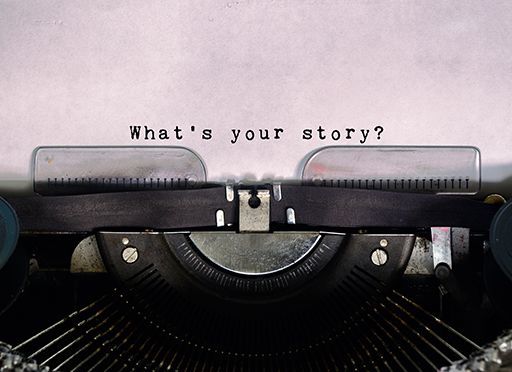

In subsequent decades, architectural critics recognized the building as an early example of the International Style.

At the time of its completion, 330 West 42nd Street was controversial for the use of horizontal emphasis on its facade, which its contemporaries lacked. Most of the upper stories were similar in floor plan, except for their widths, which varied due to the setbacks on the facade. The entrance and original lobby were decorated with light blue and dark green panels. The facade was intended to blend in with the sky regardless of the atmospheric condition. The facade is made of blue-green terracotta ceramic tile panels, alternating with green-metal-framed windows, with a strongly horizontal orientation. The building's massing, or shape, consists of numerous setbacks on the 41st and 42nd Street sides, which were included to comply with the 1916 Zoning Resolution. The 485-foot-tall (148 m) building contains 33 stories. André Fouilhoux in a mixture of the International Style, Art Deco, and Art Moderne styles, the building was constructed from 1930 to 1931 and originally served as the headquarters of McGraw-Hill Companies. International Style, Art Deco, Art Moderneģ30 West 42nd Street, also the McGraw-Hill Building and formerly the GHI Building, is a skyscraper in the Hell's Kitchen neighborhood of Manhattan in New York City. The HRC Foundation provides direct consultation and technical assistance to institutions and communities, driving the advancement of inclusive policies and practices it builds the capacity of future leaders and allies through fellowship and training programs and, with the firm belief that we are stronger working together, it forges partnerships with advocates in the U.S. Its work has transformed the landscape for more than 15 million workers, 11 million students, 1 million clients in the adoption and foster care system and so much more. Through its programs, the HRC Foundation seeks to make transformational change in the everyday lives of LGBTQ+ people, shedding light on inequity and deepening the public's understanding of LGBTQ+ issues, with a clear focus on advancing transgender and racial justice. The Human Rights Campaign Foundation is the educational arm of the Human Rights Campaign (HRC), America's largest civil rights organization working to achieve equality for lesbian, gay, bisexual, transgender and queer (LGBTQ+) people. Visit us at or find us on Facebook, Instagram, LinkedIn or Twitter. Headquartered in New York City, McGraw Hill has offices across North America, Asia, Australia, Europe, the Middle East and South America, and makes its learning solutions for PreK-12, higher education, professionals and others available in more than 80 languages. Through our commitment to equity, accessibility and inclusion, we foster a culture of belonging that respects and reflects the diversity of the communities, learners and educators we serve. Recognizing their diverse needs, we build trusted content, flexible tools and powerful digital platforms to help them achieve success on their own terms.

McGraw Hill is the leading education partner for millions of educators, learners and professionals around the world. Congratulations to McGraw Hill for achieving the title of 'best places to work for LGBTQ+ equality' and working to advance inclusion in the workplace." But there is still more to do, which is why we are raising the bar yet again to create more equitable workplaces and a better tomorrow for LGBTQ+ workers everywhere. "We are proud that the Corporate Equality Index paved the way to that reality for countless LGBTQ+ workers in America and abroad. "When the Human Rights Campaign Foundation created the Corporate Equality Index 20 years ago, we dreamed that LGBTQ+ workers-from the factory floor to corporate headquarters, in big cities and small towns-could have access to the policies and benefits needed to thrive and live life authentically," said Jay Brown, Human Rights Campaign Senior Vice President of Programs, Research and Training.


 0 kommentar(er)
0 kommentar(er)
